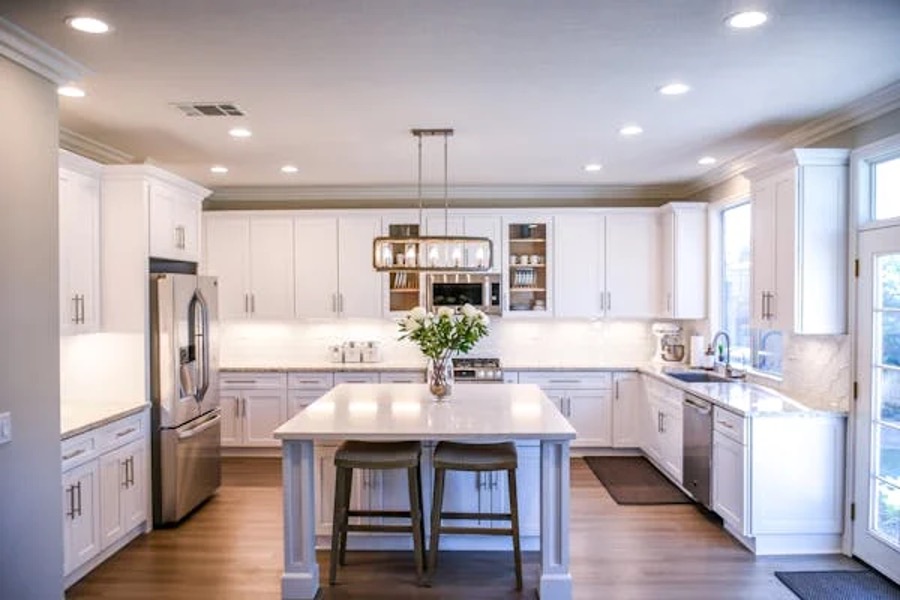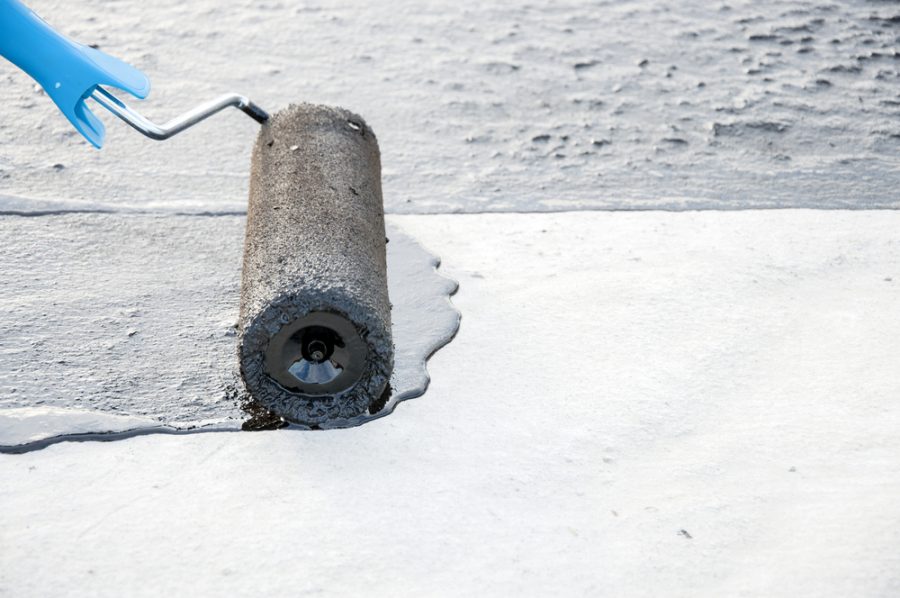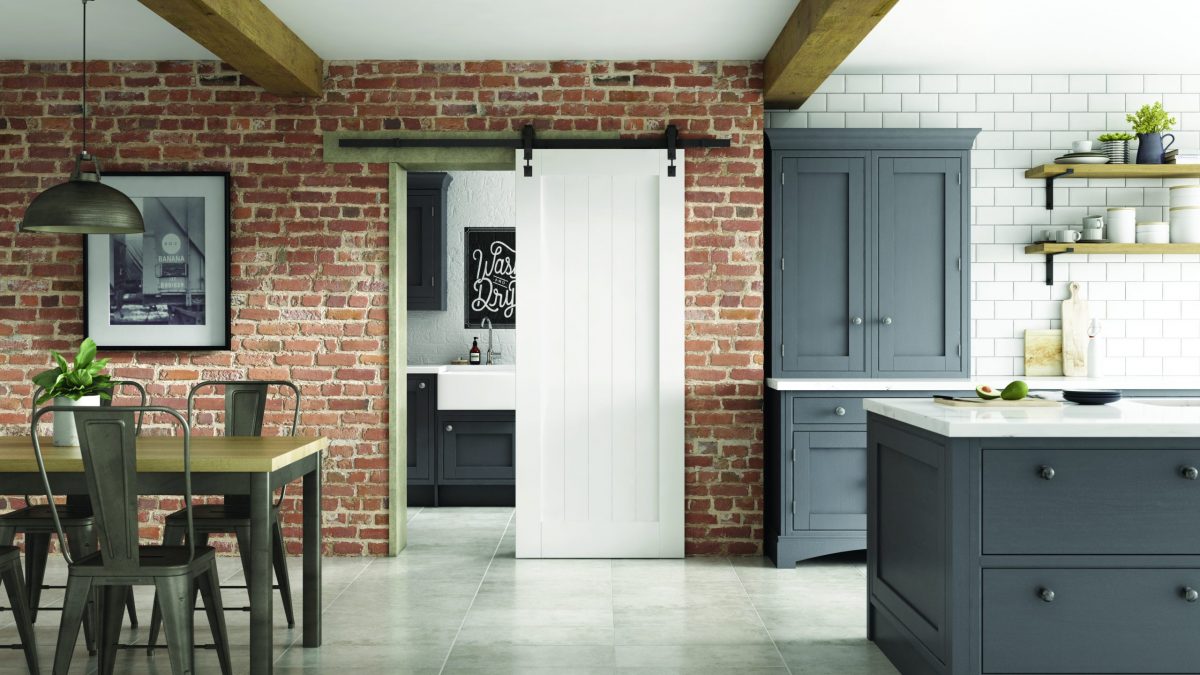Gardens are beautiful and provide us with so many benefits. Whether you want to grow your own food, have an outdoor space for friends and family, or just enjoy the outdoors in your backyard, gardening is a great way to spend some time outside in nature. Don’t worry if you’re interested in adding a garden design into your life but aren’t sure where to start! This blog post will provide 10 steps that will help you plan out your garden.
1. Select the Best Garden Spot
The first step in designing a garden is deciding where you will place it. It is important to consider the location of your garden because certain plants will grow better in different areas. Some spots are also more susceptible to too much or not enough sunlight, wind, or rain. The best way to find out which areas are the best for growing particular plants is to check out our Plant Hardiness Zone Map.
This map helps you determine which plants are recommended for each region depending on how cold it gets during the winter months and how hot it gets during the summer months. You can use this information to help determine what types of plants would do well in your area! If you don’t know what type of climate you live in.
2. Plan your garden layout
Garden design can be customized to include all of your favorite plants, or you can stick to a more traditional layout. The first step is deciding how big you want the garden to be. If you’re new to planting, it might be best to start small; this way, if some plants don’t grow well or do not survive, it won’t ruin the look of the entire garden!
Draw out the plan on paper once you know how much space you’ll need for your garden area. Sticking with simple lines will help give an idea of what type of shape and size your overall garden will have. You never know what ideas will come to mind once the drawing is complete.A pro tip is to also try using an virtual gardening organizer online to help.
3. Clear the Ground
Once you have determined your garden plan, the next step is to remove any debris from the ground. If you are planning on growing a grassy area, the grass must be completely removed or cut very short before planting begins. This will help prevent weeds from sprouting up and competing with your plants for needed nutrients.
4. Test and Improve Your Soil
If you are planting on grass, it’s best to pull the grass out rather than plough it over because this will help give your garden area more stability. Once all of the grass is removed, you can use our Soil Calculator to determine how much soil needs to be added or subtracted from your garden site. This calculation will help determine how much of your yard should be dug up for planting.
If you are trying to grow flowers, vegetables, shrubs, etc., the soil must have enough nutrients and water retention. Adding some organic matter or compost into the ground before planting will help improve the soil structure. This addition will also provide nutrients for your plants as they grow! If there aren’t many nutrients in the soil, then there is a chance that the plants may become unhealthy and die.

5. Prepare Your Planting Beds
The materials used to prepare your planting beds will depend upon the type of plants you will grow. If you’re planning to grow grass or shrubs, there is no need to dig a deep bed. However, if you’re going to grow tomatoes and other large vegetables, it is best to create a deeper bed with lots of room for them to grow. A visual garden planner will help you choose the best materials for your garden beds.
6. Plant your crops right
Your best bet is to buy vegetable seeds that will grow in your garden’s climate. You could also start your vegetable garden by purchasing vegetable starts or buying seeds and growing them indoors for a few weeks before planting them outside. If you want to purchase already started plants, be sure to research when they should be planted in your area!






